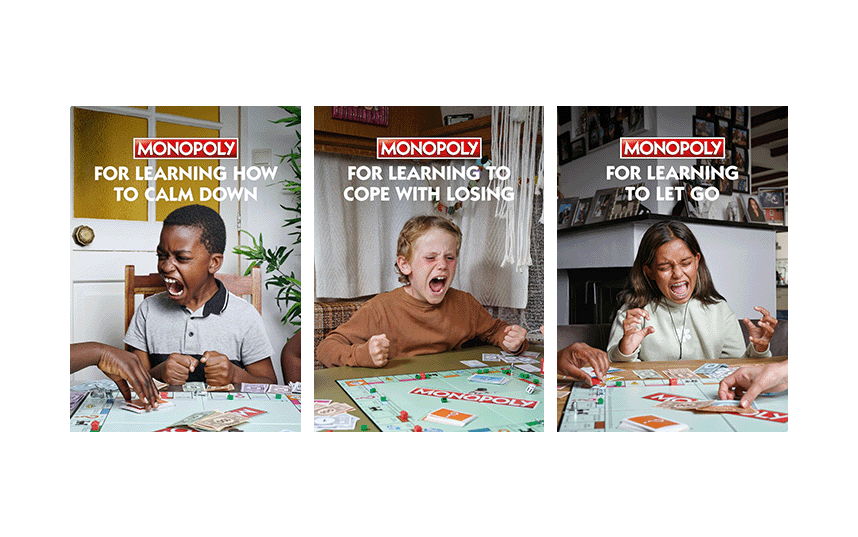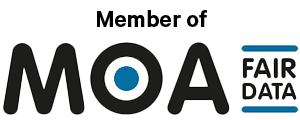First, let's look at some reactions on LinkedIn. There have been many positive and not so positive reactions. Many see it as a brilliant campaign and feel the emotions expressed by the children. Some even feel like playing it directly with their children.
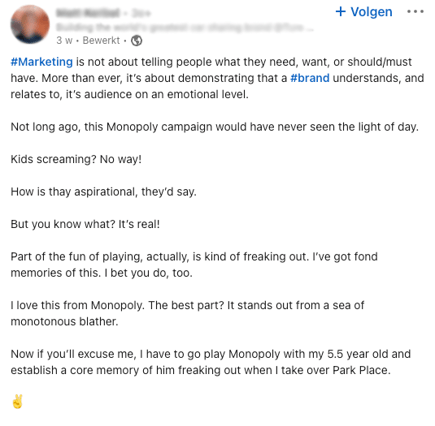
Others are less positive. Where some say Hasbro at least admits it 's not a fun game to play and that the company should produce other games:
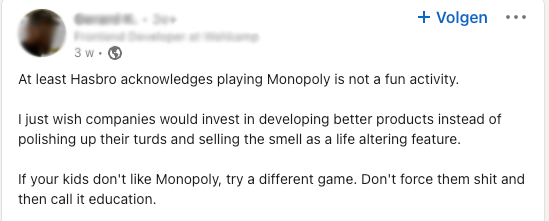
others question whether Hasbro is catering to the right emotions:
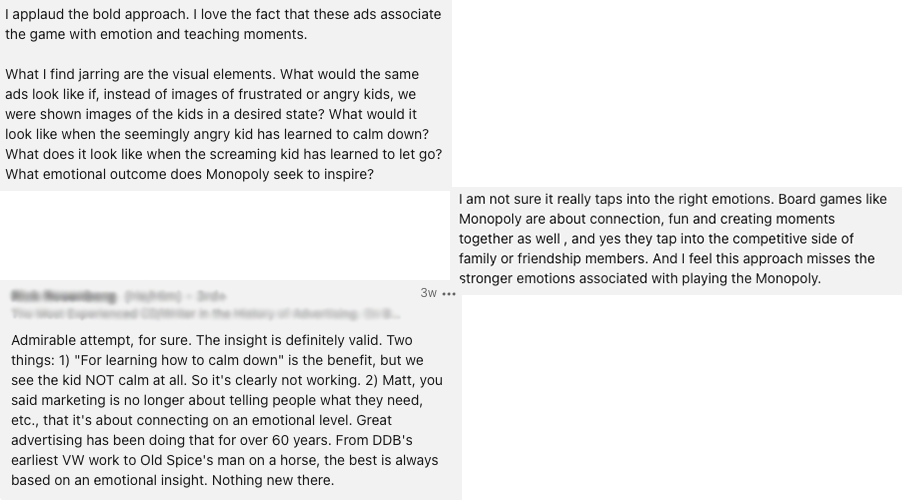
And the latter is what we also wondered.
Campaigns are about making an emotional connection. And for a campaign to be effective, it's important to activate more positive emotions than negative ones. So when we saw this campaign, we wondered: how well will it score in the consumer's brain?
We wanted to know whether it would indeed not be more effective to show the desired emotional state, as described in the texts above it: "For learning to let go", "For learning how to calm down" or "For learning to cope with losing".
To measure this, we photoshopped three images with children who look like they are "relaxed" or "happy" or "trying to cope or controle their emotions" (see below). We showed these six images to participants in the MRI scan.
Through our eyes, we unconsciously register things faster than we consciously perceive them. This unconscious registration has a direct influence on our (unconscious) emotions. fMRI makes it possible to capture these fast, automatic and unconscious reactions, which makes it therefore the perfect method to measure the Monopoly campaign.
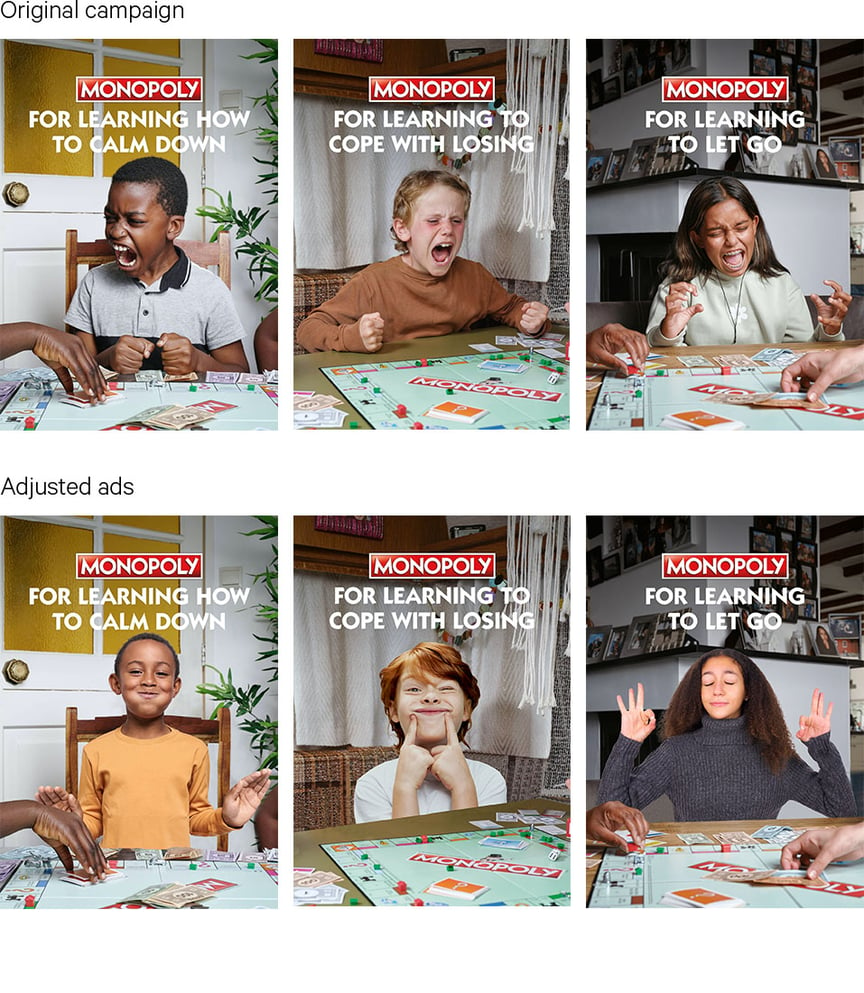
The surprising MRI results of the Monopoly campaign
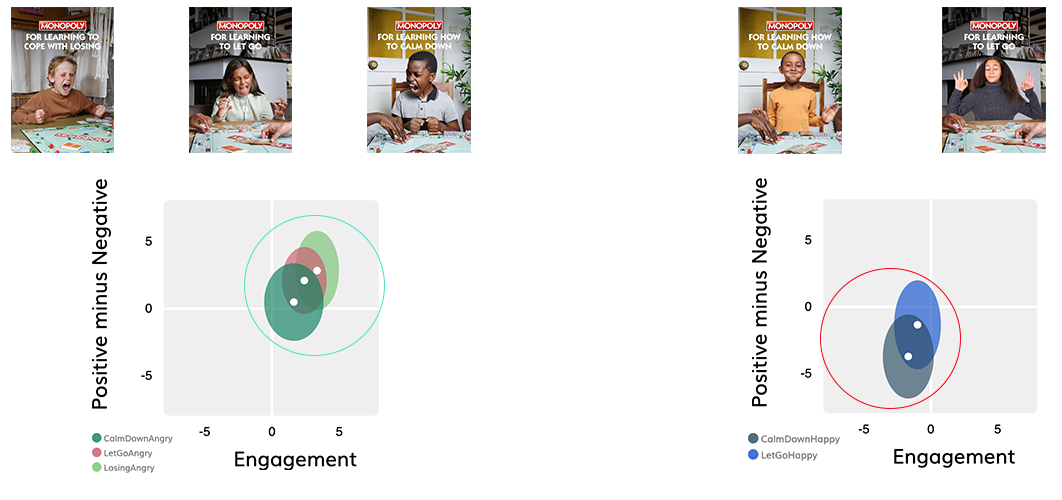
The results of the MRI study show to what extent the ads activate positive or negative emotions and to what extent they are engaging. These results are shown in the graphs above. The graph on the far left shows the results of the original ads. The graph on the right shows the results of the adjusted ads.
In the graph, the y-axis shows the balance of positive and negative emotions. Anything above the x-axis implies that the ad activates more positive than negative emotions. The x-axis shows Engagement: to the right of the y-axis is above average Engagement, to the left of the y-axis below average. Scores in the upper-right quadrant are therefore optimal: more positive than negative emotions and above-average Engagement.
The original angry ads score better than the adjusted happy ones
The MRI results clearly show that the original ads score better than the adjusted ones. The three ads with the negative expressions all activate more positive than negative emotions and above-average Engagement. While the ads with a happy expression actually activate more negative than positive emotions and a below-average Engagement.
A striking result, since negative expressions usually activate negative emotions in consumers. But for Monopoly, this isn't the case. Why is that?
To answer this question, we need to look at the differences in results between the same ads with a positive and a negative expression.
The angry expressions make the viewer empathise and thus activate gaming pleasure
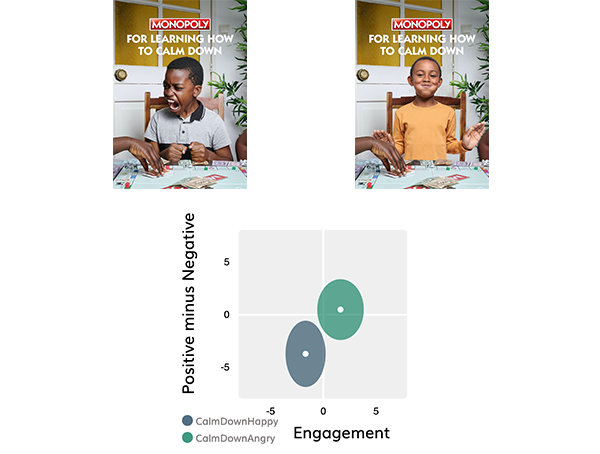
As can be seen in this graph, the angry expression of the Calm down ads (green) scores better on the balance of emotions and engagement than the positive expression (grey).
If you look at the graph below here, you see the results on the 13 dimensions relevant to consumer behaviour for the angry expression. Above in the graph in green the positive emotions (Desire, Lust, Expectation and Trust), below the negative emotions (Fear, Anger, Disgust and Danger), on the right the 3 Engagement dimensions (Value, Involvement and Familiarity) and on the left the 2 impact scores (Attention and Novelty).
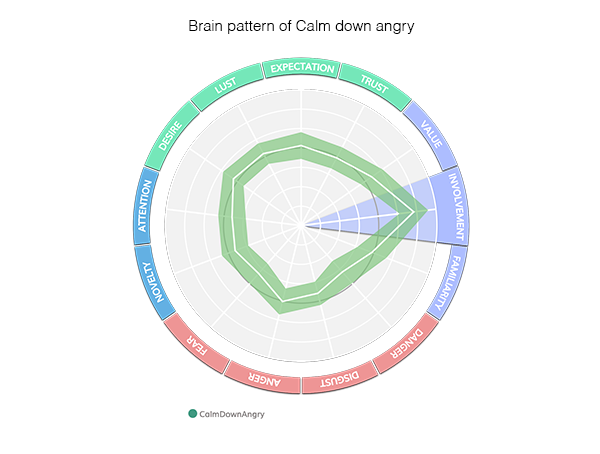
The results show that the angry expression scores above average on Involvement and reward (Value). This indicates that the ad ensures that the viewer can empathise well with the child's emotion (Involvement). And, more importantly, that this also strongly activates the pleasure that comes with playing games (Value). Apparently, the negative emotion, which everyone has experienced at least once while playing Monopoly, is part of the gaming pleasure. And indeed, this also makes the game fun. You win some, you lose some.
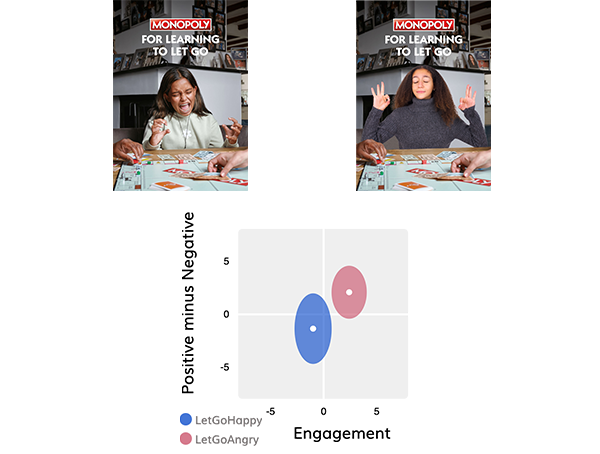
The same goes for the Let Go ads. Here, the angry expression scores significantly better compared to the happy expression. The angry expression (pink) activates more positive than negative emotions and an above-average Engagement. Whereas the happy expression (blue) actually activates slightly more negative than positive emotions and a below-average Engagement.
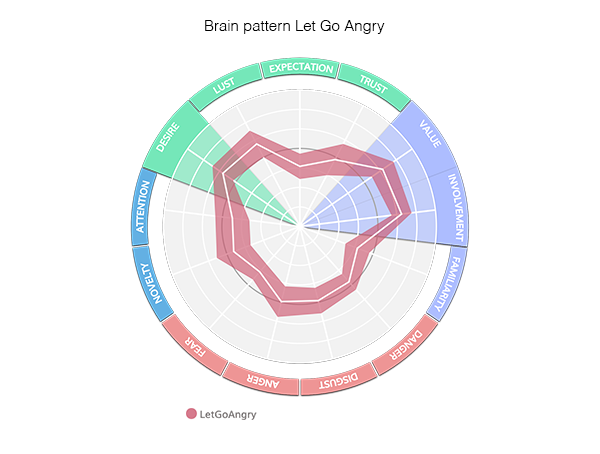
And again, the angry expression scores significantly higher than average on Involvement and reward (Value). And Desire is also higher than average.
So for this variant, the results also show that viewers empathise with the angry expression. The negative expression is an important part of the game and is therefore strongly associated with the pleasure of playing it. As a result, Value and Desire are activated above average.
Negative emotions actually make Monopoly fun
Most products and brands are sold by activating positive emotions. But there are exceptions. Think of a jar of sambal (spicy food), a roller coaster or a horror movie. And in this way Monopoly also: frustration and anger are part of the game. These negative emotions are what make the game so fun: there is a chance you will lose (which makes winning even more fun). This is why the negative expressions in the ads work so well: they are strongly associated with the enjoyment of playing Monopoly.
One adjusted ad scored as well as the original
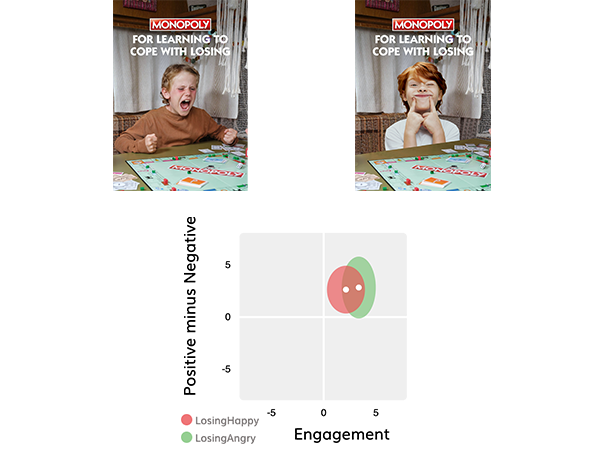
Yet one variant we had photoshopped ourselves scored at least as well as the original ad. The Losing ad with the happy expression (pink) scored as well as the angry expression (green): both variants activate more positive than negative emotions and score above average on Engagement.
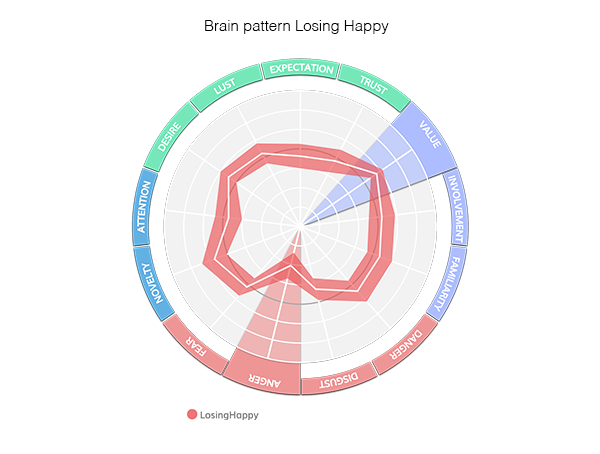
The happy expression creates an above-average score on reward (Value). But now it also shows a below-average score on irritation (Anger), which is a good result.
Unlike the other two ads we adjusted, the expression in this ad is more focused on controlling a negative emotion (frustration or anger). The boy tries to put a smile on his face, although he does not quite succeed. This results in 2 effects:
- There's a better with the game Monopoly, because the expression makes it clear that you can also experience negative emotions while playing, which strongly activates the feeling of reward/joy of playing a game (Value).
- Because the focus is now on controlling a negative emotion, the score on irritation (Anger) is low. So the effect of this ad is closer to the strategy: Monopoly teaches you to deal with negative emotions.
So does keeping your emotions under control score better?
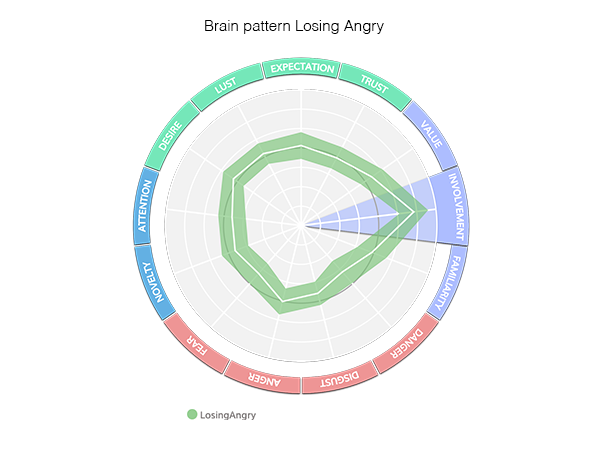 So does seeing someone trying to control their emotions work better? No, not better, but different. This is because the original (angry) version scores neither low on irritation (Anger) nor high on reward (Value), but scores very strong on Involvement. This shows that the frustration and anger is really something people can relate to. Probably because everyone has experienced it at some point when playing a game/Monopoly.
So does seeing someone trying to control their emotions work better? No, not better, but different. This is because the original (angry) version scores neither low on irritation (Anger) nor high on reward (Value), but scores very strong on Involvement. This shows that the frustration and anger is really something people can relate to. Probably because everyone has experienced it at some point when playing a game/Monopoly.
Conclusion: Negative emotions work well for Monopoly
These are bold ads by Monopoly in that they focus on negative emotions. But the fMRI results show that this strategy works well. That makes it an excellent example of a campaign that manages to strike the right chord. Well done from KesselsKramer.
Want to know more?
Mail Walter at walter@neurensics.com

Continue reading
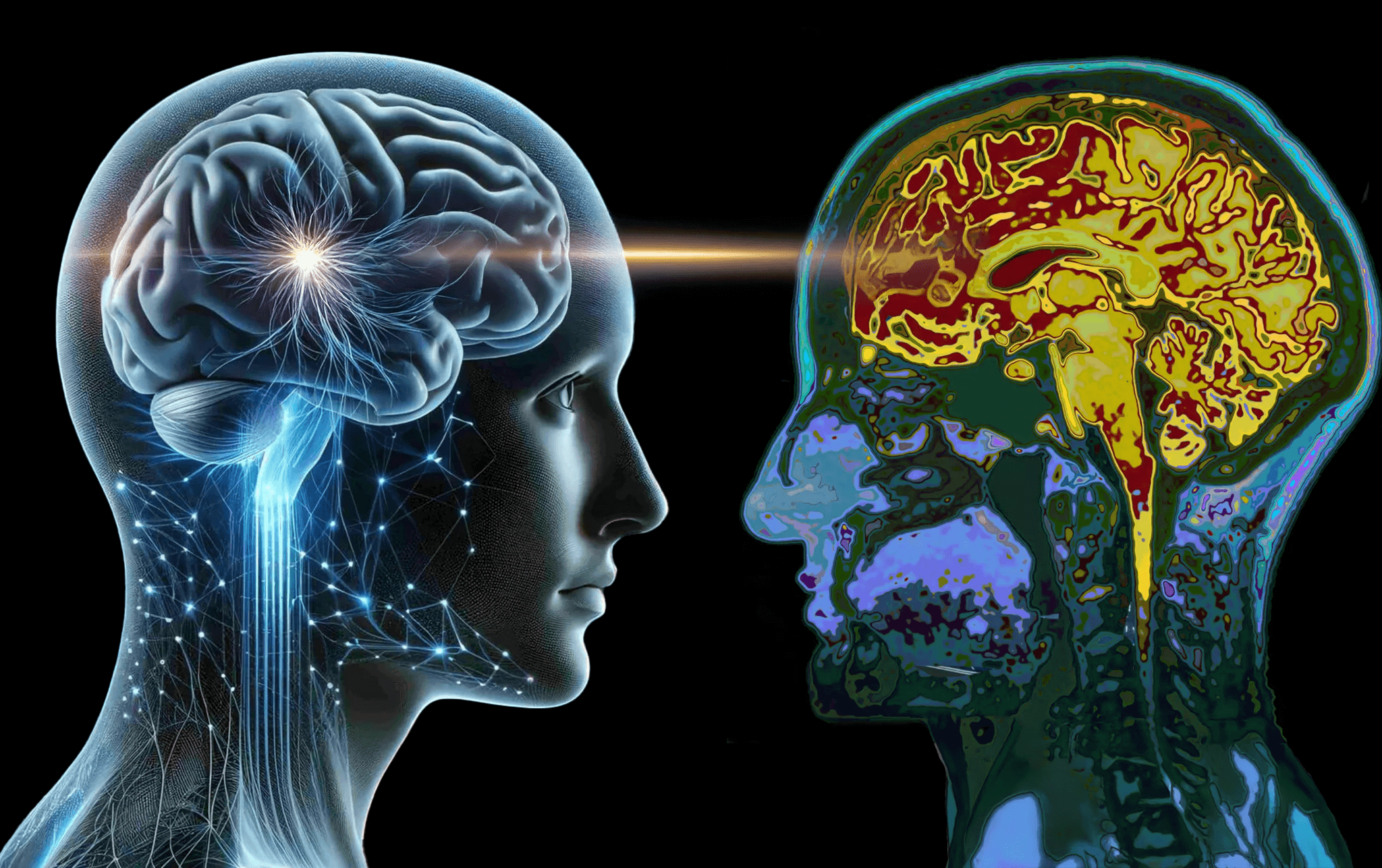
The AI paradox: smart algorithms, dumb data
AI and the Brain: we understand enough about the brain to know that AI doesn’t Artificial...
Martin de Munnik Read in 6 minutes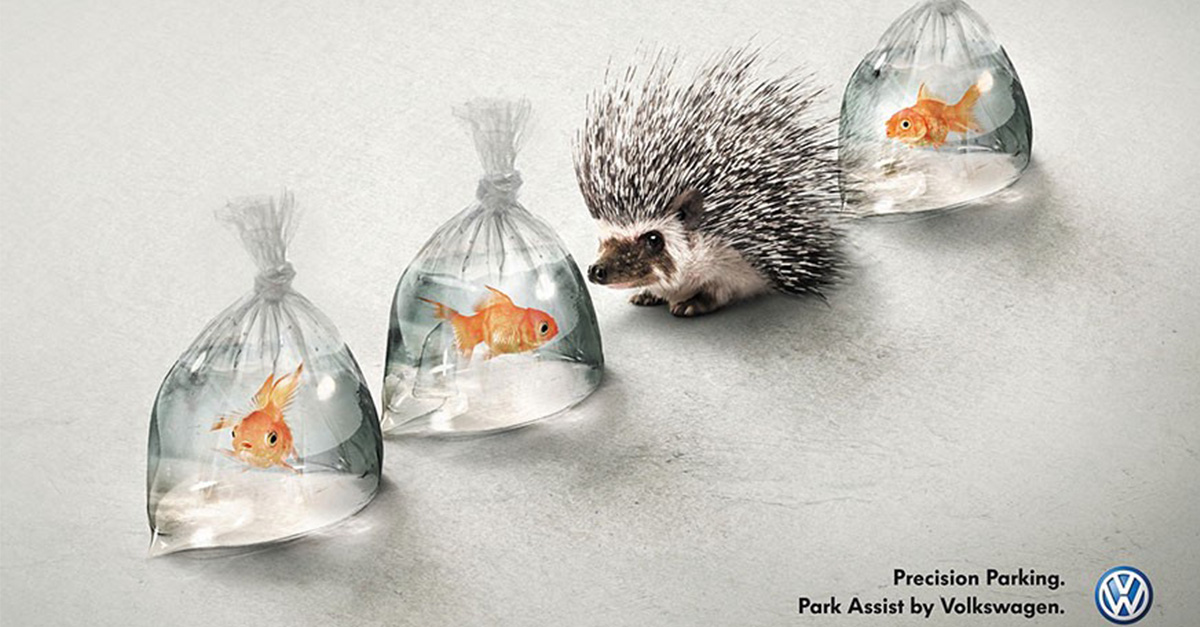
5 Tips to keep in mind during the creative development of a Campaign
Developing a campaign Working on a new campaign or have one coming up soon? Then your team or ad...
Neurensics Read in 9 minutes
The unique female brain
The science behind intuition, emotion, and decision-making We live in an era where the rise of...
Neurensics Read in 8 minutes
If sex sells, can a sexy man sell underwear?
Many people in marketing land from all over the world have an opinion about the Calvin Klein...
Neurensics Read in 15 minutes